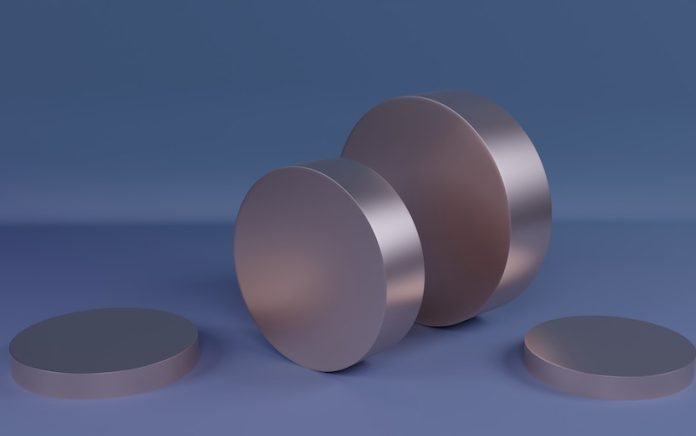
Scientists at the University of Science and Technology of China (USTC) have developed a new cathode material for aqueous zinc-ion batteries (ZIBs), which are a promising and sustainable energy storage technology.
The material, called NH4+-V2O5, was created using a pre-intercalation strategy to solve issues of insufficient lattice space and low electronic conductivity in cathode materials.
New Cathode Material Development for Zinc-ion Batteries
Vanadium oxides are popular cathode materials for ZIBs due to their flexible crystal structure and multivalence of vanadium.
However, current research on intercalation cathode materials for ZIBs focuses mainly on expanding interlayer space to improve capacity.
To improve the cathode’s performance, the researchers introduced a variety of in-situ and ex-situ synchrotron radiation spectroscopy techniques to study the intrinsic structural variation of the electrode materials induced by intercalants from the perspective of atomic orbitals.
Intercalant-Induced V t2g Orbital Occupation
The researchers proposed the concept of intercalant-induced V t2g orbital occupation, which can be used to develop high-performance cathode materials for ZIBs.
The research revealed that the NH4+ intercalation largely induced the structural distortion of the V-O bond, which led to a rearrangement of the electronic structure and facilitated the occupation of the 3dxy vacancy state in the Vt2g orbital.
The Vt2g orbital occupation improved the electrical conductivity of the material, enhancing its performance as a cathode material for ZIBs.
The researchers also found that NH4+ intercalation resulted in broadened layer spacing, which significantly accelerated the electron transfer and Zn-ion migration.
This resulted in an ultra-high multiplicity performance of the zinc ion battery.
Experimental Results
The specific capacity of the ammonium intercalated vanadium pentoxide (NH4+-V2O5) cathode material remains the rate capability at 101.0 mA h g-1 at a current density of 200 C, with a charging time of 18 seconds.
The study provides a better understanding of the mechanism of storing Zn2+ in intercalated V2O5 materials and lays a foundation for the design of high-performance intercalated cathode materials for ZIBs.
Further Research
It is important to develop advanced in-situ characterization techniques to study the intrinsic structural variation of electrode materials induced by intercalants from the perspective of atomic orbitals.
These techniques will assist in the design of high-performance cathode materials in the future.
The researchers hope to use the new data from other upcoming space missions to continue characterizing the properties of these bubbles and work on novel ways to analyze the data they already have.
The study was published in the Proceedings of the National Academy of Sciences (PNAS).
Copyright © 2023 Knowridge Science Report. All rights reserved.



